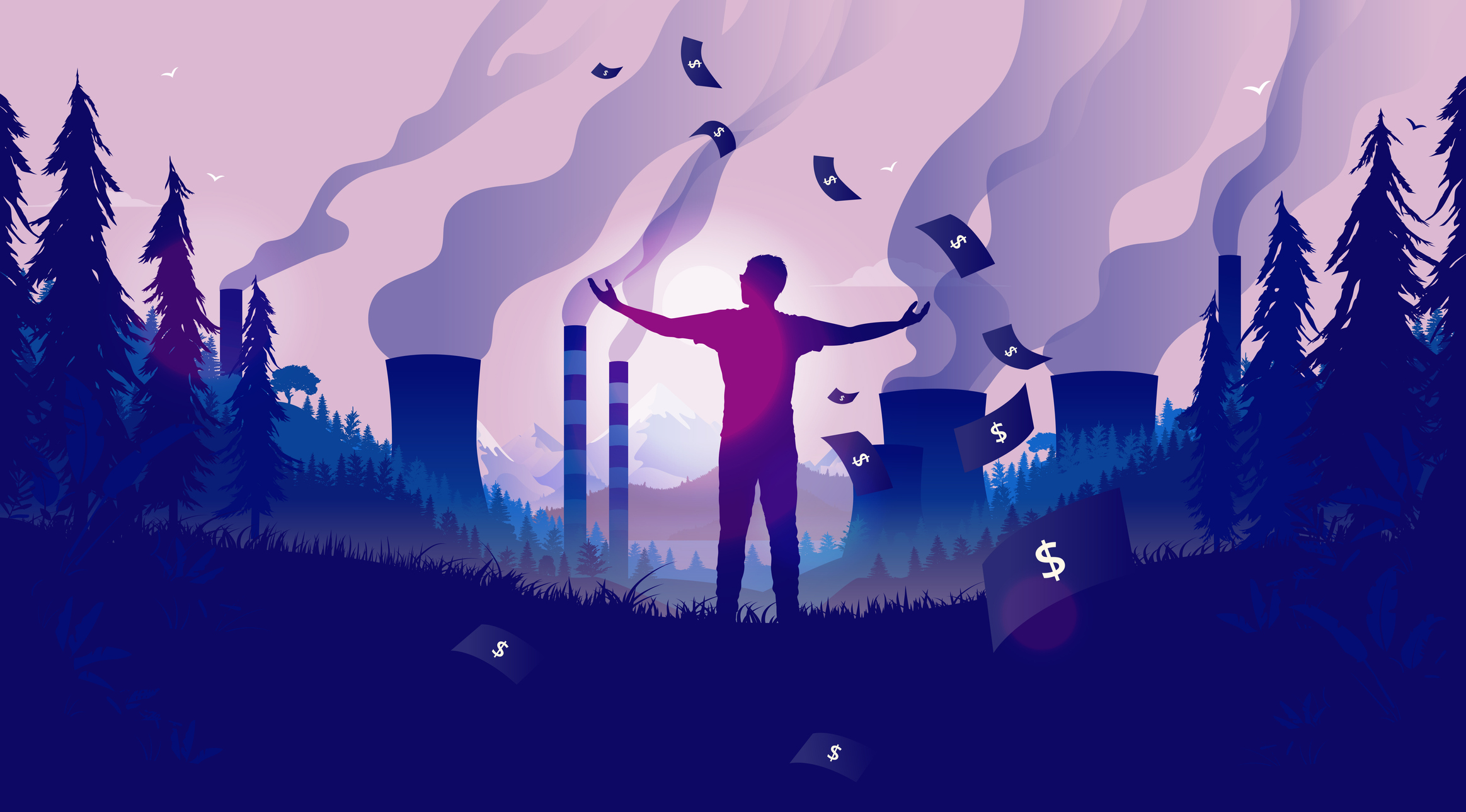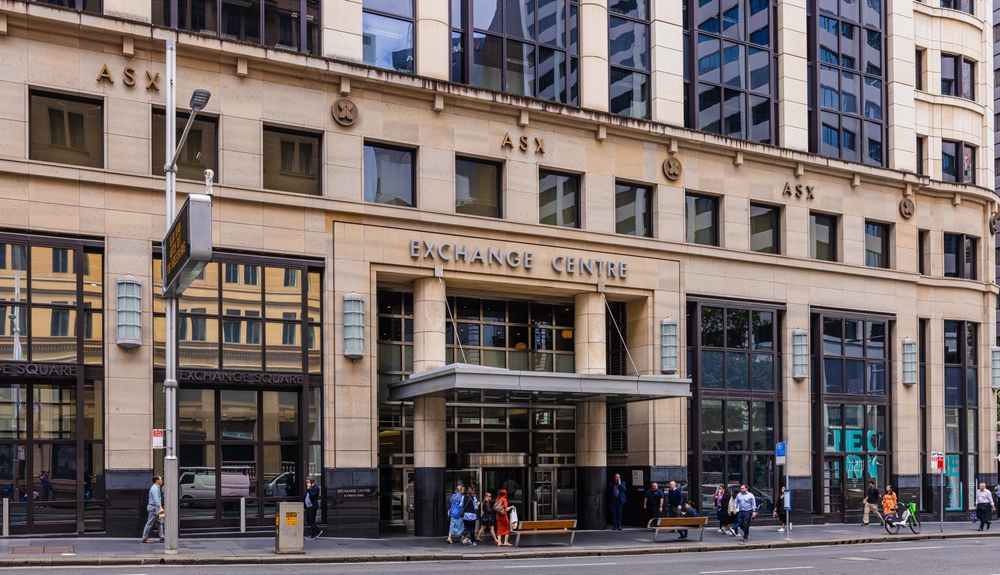Sooner Or Later, Climate Change Is Coming For Your Wallet
The impact on the environment will soon extend to the economy.
Last week Gary Gensler, the chair of the Securities and Exchange Commission, made what seemed like an uncontroversial statement: “I think we can bring greater clarity to climate risk disclosures.” The SEC, he said, will begin to consider requiring public companies to tell their investors how climate change could threaten their business. That’s an important step, because for as much as we know about how the climate crisis is changing our lives, we’re only starting to get our heads around what it will truly cost you and me.
The oil and gas industry is already pushing back. Industry groups are stepping up lobbying to avoid disclosing their emissions, according to the Financial Times. These short-sighted attempts will unfortunately hurt our economy.
According to a report released in April by SwissRe, the global reinsurance company, the U.S. economy stands to lose 10% of its economic value by 2050 under a worst case scenario, where average global temperatures rise 3°C compared to pre-industrial levels. The SwissRe “worst case” scenario, however, is our current reality—one in which temperatures remain on their current trajectory, and both the Paris Agreement and 2050 net-zero emissions targets are not met.
To some, SwissRe’s projection of a 10% loss in 30 years may not sound alarming. But that datapoint can otherwise be stated as: The U.S. will suffer natural disasters such that it is not expected our economy will be able to recover from them. The prospect of suffering damage so profound that we are unable to economically recover is alarming. And it is not a distant future.
Scientists had hoped that Covid-related disruptions would produce a large reduction in carbon emissions. But the reductions were less than expected. The world produced only 6% less carbon last year than the one before. This modest response to an unprecedented synchronous global shutdown of economic activity puts the scope and scale of current emissions into perspective. To quantify the challenge, the Intergovernmental Panel on Climate Change indicates that emission reduction ranges must be around 45% lower than present to meet a 1.5°C temperature goal.
Weather and climate disasters cost the U.S. economy $450 billion (2.1% of GDP) in 2020, the highest year on record. And we hold the No. 1 spot for the number of disasters year-to-date according to EM-DAT, a database that tracks disasters globally. We also know climate change has made most of these events worse than they would have otherwise been.
The mere 1°C temperature increase that has already occurred has contributed to new water shortages in towns across California, Nevada, Arizona, and New Mexico. Increasing evaporation has also reduced soil moisture, which helps explain the $7 billion to $13 billion cost to insurers from the 2020 wildfires. Costs that will inevitably translate into a higher price tag to you, the consumer.
The future costs of climate change on the U.S. economy are uncertain, but what is worse is that they may be underestimated. Underestimation occurs because projections are often made using an enumerative approach, where losses are valued sector by sector and then tallied to estimate the total impact on social welfare.
In other words, current approaches miss cascading risks, problems that exacerbate other disasters in unforeseen ways. Global supply-chain disruptions are an example of why cascading risks are difficult to model—because all industries can be affected when businesses of all sizes as well as national and subnational governments are interdependent. Economic disruptions from Covid-19 provide a case in point. The pandemic highlighted the vulnerabilities of complex supply chains that are now ubiquitous. As severe weather events continue to worsen, the U.S. economy will continue to suffer shortages — not only from domestic disruptions to products like orange juice, corn, and soy, but also from disasters abroad. The regions that produce most semiconductor chips and rare earth elements, critical in computers, smartphones, aerospace and defence, and medical appliances are concentrated in regions particularly vulnerable to climate hazards.
The economic consequences of climate change are countless. Under the last administration, the U.S. Commodities and Futures Trade Commission released the first-ever assessment of the impact of climate change on the financial system. The 196-page report’s first sentence reads: “Climate change poses a major risk to the stability of the U.S. financial system and to its ability to sustain the American economy.”
The good news is that scientists, economists, and financial regulators agree on what needs to be done—even the oil and gas executives are on board. The key recommendation from the CFTC is that “The United States establishes a price on carbon. It must be a fair, economy-wide price… at a level that reflects the true social cost of those emissions.” The authors go further, stating that “a carbon price is the single most important step to manage climate risk and drive the appropriate allocation of capital.” The SEC’s moves toward mandatory climate risk disclosures are first steps on that path.
But if you’re not in a position to influence the risk calculus of public companies, there is something else you can do. You can buy insurance. The IMF’s researchers find that insurance penetration is a top factor in determining the resilience of a country to the impact of climate change. Yes, it might cost you a little more than you expected to spend this year. But climate change is coming for your wallet sooner or later.
Reprinted by permission of Barron’s. Copyright 2021 Dow Jones & Company. Inc. All Rights Reserved Worldwide. Original date of publication: August 6, 2021
About the authors: Jennifer R. Marlon is a research scientist at Yale University’s School of the Environment. Bianca Taylor is founder of Tourmaline Group and a member of the Bretton Woods Committee. The two are public voices fellows of the OpEd Project and the Yale Program on Climate Change Communication.
 Copyright 2020, Dow Jones & Company, Inc. All Rights Reserved Worldwide. LEARN MORE
Copyright 2020, Dow Jones & Company, Inc. All Rights Reserved Worldwide. LEARN MORE
This stylish family home combines a classic palette and finishes with a flexible floorplan
Just 55 minutes from Sydney, make this your creative getaway located in the majestic Hawkesbury region.
Continued stagflation and cost of living pressures are causing couples to think twice about starting a family, new data has revealed, with long term impacts expected
Australia is in the midst of a ‘baby recession’ with preliminary estimates showing the number of births in 2023 fell by more than four percent to the lowest level since 2006, according to KPMG. The consultancy firm says this reflects the impact of cost-of-living pressures on the feasibility of younger Australians starting a family.
KPMG estimates that 289,100 babies were born in 2023. This compares to 300,684 babies in 2022 and 309,996 in 2021, according to the Australian Bureau of Statistics (ABS). KPMG urban economist Terry Rawnsley said weak economic growth often leads to a reduced number of births. In 2023, ABS data shows gross domestic product (GDP) fell to 1.5 percent. Despite the population growing by 2.5 percent in 2023, GDP on a per capita basis went into negative territory, down one percent over the 12 months.
“Birth rates provide insight into long-term population growth as well as the current confidence of Australian families,” said Mr Rawnsley. “We haven’t seen such a sharp drop in births in Australia since the period of economic stagflation in the 1970s, which coincided with the initial widespread adoption of the contraceptive pill.”
Mr Rawnsley said many Australian couples delayed starting a family while the pandemic played out in 2020. The number of births fell from 305,832 in 2019 to 294,369 in 2020. Then in 2021, strong employment and vast amounts of stimulus money, along with high household savings due to lockdowns, gave couples better financial means to have a baby. This led to a rebound in births.
However, the re-opening of the global economy in 2022 led to soaring inflation. By the start of 2023, the Australian consumer price index (CPI) had risen to its highest level since 1990 at 7.8 percent per annum. By that stage, the Reserve Bank had already commenced an aggressive rate-hiking strategy to fight inflation and had raised the cash rate every month between May and December 2022.
Five more rate hikes during 2023 put further pressure on couples with mortgages and put the brakes on family formation. “This combination of the pandemic and rapid economic changes explains the spike and subsequent sharp decline in birth rates we have observed over the past four years,” Mr Rawnsley said.
The impact of high costs of living on couples’ decision to have a baby is highlighted in births data for the capital cities. KPMG estimates there were 60,860 births in Sydney in 2023, down 8.6 percent from 2019. There were 56,270 births in Melbourne, down 7.3 percent. In Perth, there were 25,020 births, down 6 percent, while in Brisbane there were 30,250 births, down 4.3 percent. Canberra was the only capital city where there was no fall in the number of births in 2023 compared to 2019.
“CPI growth in Canberra has been slightly subdued compared to that in other major cities, and the economic outlook has remained strong,” Mr Rawnsley said. “This means families have not been hurting as much as those in other capital cities, and in turn, we’ve seen a stabilisation of births in the ACT.”
This stylish family home combines a classic palette and finishes with a flexible floorplan
Just 55 minutes from Sydney, make this your creative getaway located in the majestic Hawkesbury region.





















